
The 1980s weren’t just a decade of big hair and neon lights; they were a seismic shift for action movies, forever altering the cinematic landscape. As someone who witnessed this transformation unfold from the exhilarating vantage point of countless movie theater seats, I can confidently tell you that these larger-than-life heroes didn’t just change how action movies were made – they fundamentally redefined what audiences craved from their entertainment. It was a time when explosive set pieces met unforgettable characters, forging an enduring legacy.
From the relentless one-man armies who could seemingly take on the world single-handedly, to the relatable everyday cops who found themselves facing down impossible odds, these incredible characters weren’t just passing fads. They meticulously crafted new templates, creating archetypes that filmmakers still look to and build upon in today’s blockbusters. The sheer innovation, the unforgettable catchphrases, and the sheer grit displayed by these actors cemented their place in cinematic history, shaping generations of action enthusiasts.
Join us on a nostalgic journey as we pull back the curtain on some of the most influential figures of this golden era. We’ll celebrate the actors and the iconic roles they inhabited, roles that didn’t just deliver thrilling sequences but quietly became the very soul of ’70s and ’80s action cinema. These are the legends who brought heart, humor, and an unstoppable force to the screen, defining an entire genre for decades to come.

1. **Arnold Schwarzenegger as The Terminator**James Cameron’s 1984 sci-fi thriller, “The Terminator,” didn’t just introduce a terrifying antagonist; it revolutionized the very concept of an unstoppable cinematic villain. Arnold Schwarzenegger, with his hulking physique and deadpan delivery, embodied a machine from the future – a cyborg assassin relentless in its pursuit. This role solidified his place as a powerhouse in Hollywood.
What made The Terminator so impactful wasn’t just its brute force, but its emotionless efficiency. Schwarzenegger’s portrayal perfectly captured the terrifying logic of a machine designed for singular purpose. His stoic demeanor, combined with iconic one-liners like “I’ll be back,” etched the character into the minds of moviegoers worldwide, making him an instant pop culture legend.
The genius of this character was further amplified when, in the 1991 sequel, the script was brilliantly flipped. Schwarzenegger’s Terminator transformed from antagonist to hero, showcasing the versatility of both the actor and the character’s core concept. This evolution created a new template for action movie characters, demonstrating that even a terrifying force could become a protector, blending superhuman capabilities with truly memorable catchphrases.
Read more about: From Blockbusters to Auction Blocks: The Most Valuable Cars to Ever Grace Our Screens
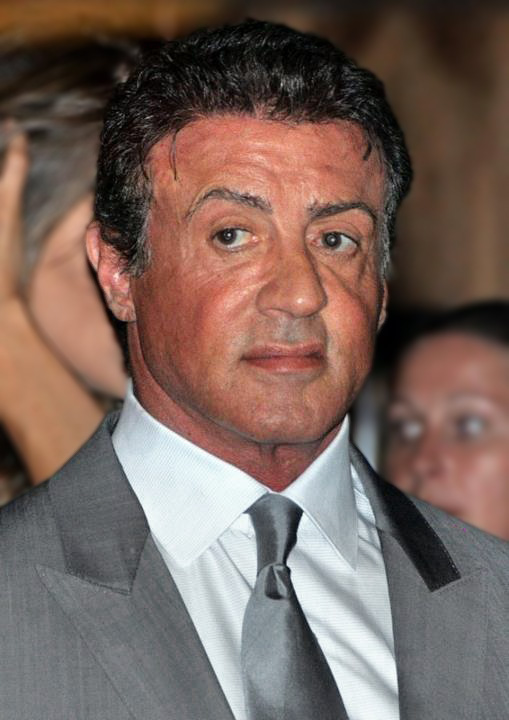
2. **Sylvester Stallone as John Rambo**”First Blood” (1982) offered audiences a profoundly different kind of action hero, one steeped in a grim reality often overlooked in cinema. Sylvester Stallone’s John Rambo was introduced not as a triumphant soldier, but as a traumatized Vietnam veteran. He was a man fighting against a system that had forgotten him, a poignant portrayal that gave depth and a raw, emotional core to the burgeoning action genre.
The initial film presented Rambo as a sympathetic figure, a former Green Beret driven to violence by harassment and systemic neglect. His struggle was less about grand explosions and more about survival and the psychological scars of war. This nuanced beginning was crucial, grounding the character in a relatable human experience despite his extraordinary skills.
However, as the series progressed into its sequels, the character of Rambo underwent a significant transformation. He evolved from the quiet, tormented veteran into an over-the-top super-soldier, becoming the ultimate embodiment of the one-man-army action hero. This evolution, while perhaps diverging from his initial pathos, created an enduring template for characters capable of single-handedly taking on entire armies, leaving a massive impact on how filmmakers conceived unstoppable protagonists.
Read more about: Still Shining Bright: A ‘Then and Now’ Look at 12 Beloved Stars Who Defined the 1970s

3. **Bruce Willis as John McClane**”Die Hard” (1988) didn’t just give us a thrilling Christmas movie; it revolutionized the action genre by introducing an entirely new archetype: the vulnerable, wise-cracking everyman hero. Bruce Willis, as John McClane, broke the mold of the muscle-bound super-soldier. He wasn’t some elite operative or a trained killer; he was simply a New York cop, caught in the absolute wrong place at the absolute wrong time.
McClane’s appeal lay in his undeniable relatability. He bled, he groaned, he made mistakes, and he was undeniably human and frail. Yet, beneath the cynical humor and constant struggle, his determination shone through. He was a man who, despite the incredible odds, refused to give up, relying on his quick wit and street smarts rather than sheer brute force.
This combination of human frailty, relentless determination, and sharp, often sarcastic, wit created an entirely new standard for action heroes. McClane wasn’t invincible; he was vulnerable, making his triumphs all the more satisfying. His enduring popularity proved that audiences yearned for heroes they could genuinely identify with, forever changing the landscape for protagonists in high-stakes thrillers.
Read more about: Get Ready to Rewind: The 11 Greatest ’80s and ’90s Action Movies That Still Rule Your Screen Today!

4. **Mel Gibson as Martin Riggs**The buddy-cop dynamic found its explosive, emotionally charged pinnacle in “Lethal Weapon” (1987), largely thanks to Mel Gibson’s electrifying portrayal of Martin Riggs. This film daringly introduced the concept of an unstable, borderline suicidal cop, a character as dangerous to himself as he was to the criminals he pursued. Riggs was a raw nerve, a man teetering on the edge, which brought an unprecedented intensity to the genre.
Riggs was defined by his profound psychological trauma, a backstory that lent a dark, unpredictable edge to his character. His unorthodox methods, often bordering on reckless, made him a compelling and unpredictable force. He wasn’t just a cop; he was a ticking time bomb, whose internal struggles mirrored the external chaos he often created or found himself in the midst of.
The interplay between Riggs’s tormented soul and the steadfastness of his partner, Roger Murtaugh, forged a new standard for character depth in action movies. Their contrasting personalities and the genuine bond that formed between them elevated “Lethal Weapon” beyond a simple shoot-em-up, proving that complex emotional arcs and character-driven narratives could thrive amidst explosive action, forever influencing the buddy-cop subgenre.
Read more about: Get Ready to Rewind: The 11 Greatest ’80s and ’90s Action Movies That Still Rule Your Screen Today!

5. **Harrison Ford as Indiana Jones**While perhaps technically categorized as an adventure series, “Raiders of the Lost Ark” (1981) was an undeniable force that revolutionized action sequences with its masterful blend of humor, rich historical elements, and spectacular, often gritty, stunts. Harrison Ford, donning the fedora and clutching the whip, brought to life Indiana Jones, a character unlike any audiences had seen before.
Indiana Jones was a unique hero precisely because he challenged preconceived notions of what an action lead could be. He wasn’t just tough and capable in a brawl; he was also a brilliant archaeologist, an intellectual with a profound respect for history and ancient cultures. This duality, the combination of brains and brawn, was groundbreaking, proving that an action hero could be both scholarly and thrillingly adventurous.
Ford’s portrayal established the template for the scholarly adventurer, a character who used knowledge and quick thinking as much as fists and firearms to navigate perilous situations. His ability to convey both exasperation and unwavering resolve, often with a wry sense of humor, made Indy an icon. The enduring appeal of Indiana Jones demonstrated that audiences were ready for heroes who could engage their minds as well as deliver pulse-pounding excitement, setting a high bar for adventure-action films.
Read more about: Still Shining Bright: A ‘Then and Now’ Look at 12 Beloved Stars Who Defined the 1970s

6. **Chuck Norris as J.J. McQuade**When “Lone Wolf McQuade” roared onto screens in 1983, it unequivocally established Chuck Norris as the quintessential American martial arts action hero. Norris, already a formidable martial artist, brought an undeniable authenticity and a unique cultural fusion to his role as J.J. McQuade, a stoic Texas Ranger.
What set McQuade apart was this fascinating blend of cultures and fighting styles. He combined the disciplined, precise techniques of Eastern martial arts with the rugged, no-nonsense aesthetics of a Western cowboy. This wasn’t just an interesting character choice; it created a distinctive hybrid that resonated deeply with audiences and went on to profoundly influence action films for decades.
The success and unique appeal of J.J. McQuade didn’t just end with the film. The character’s distinctive blend of lawman grit and martial arts mastery later provided the direct inspiration for Norris’s incredibly long-running and beloved television series, “Walker, Texas Ranger.” This demonstrated the lasting power of the archetype Norris forged, cementing his status as a pioneer in bringing martial arts into the mainstream American action hero lexicon.
Read more about: 11 Trailblazers Who Quietly Became the Unforgettable Soul of ’70s and ’80s Action Cinema
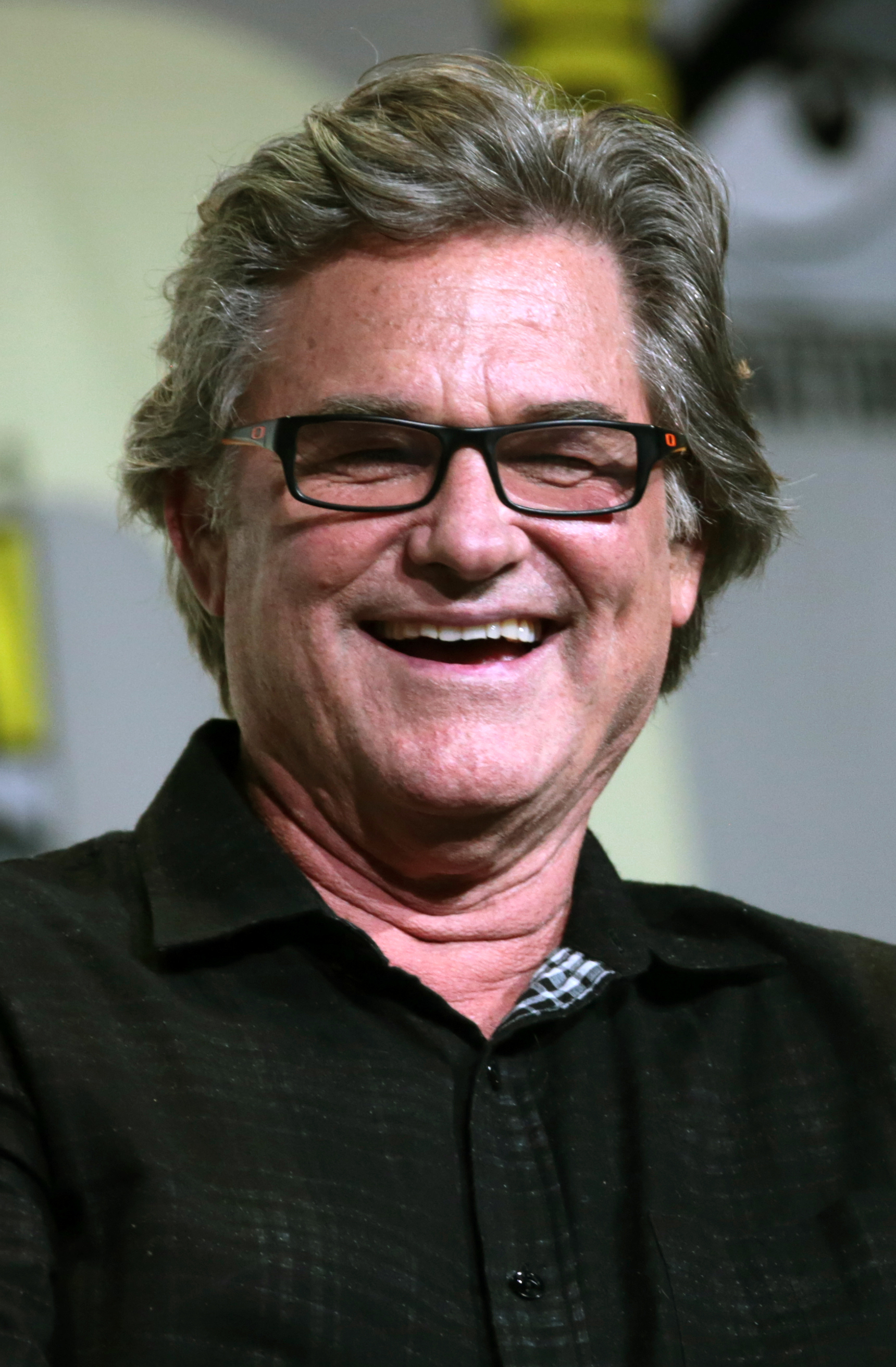
7. **Kurt Russell as Snake Plissken**”Escape from New York” (1981) unleashed a truly subversive and impactful character onto mainstream action films: Kurt Russell’s Snake Plissken. This film didn’t shy away from presenting a hero who was far from traditional, instead embracing the anti-hero concept with gusto. Plissken was a character defined by his cynical attitude and a reluctant, almost begrudging, heroism.
In an era often dominated by clear-cut heroes and villains, Plissken stood out. He was an ex-soldier, a hardened criminal, and a man who seemingly cared little for the rules or the plights of others, yet found himself in situations where heroic action was unavoidable. His iconic eye-patch and gruff demeanor instantly conveyed a sense of world-weariness and tough individualism.
Plissken’s refusal to conform to the traditional hero mold created a powerful new archetype for action protagonists. This character profoundly influenced countless subsequent figures in popular culture, from the desolate warrior of “Mad Max” to a myriad of video game protagonists. His enduring legacy lies in proving that audiences were hungry for complex, morally ambiguous figures who, despite their flaws, could still command the screen with their unique brand of anti-establishment charm and gritty determination.
Beyond the Brawn: Diverse Styles and Unsung Architects of ’70s and ’80s Action
Having celebrated the titans who first carved out the foundational archetypes of action cinema, it’s time to venture deeper into the ’70s and ’80s, where a different breed of influential figures quietly — and sometimes loudly — pushed the boundaries even further. This next wave of actors and their iconic roles introduced diverse fighting styles, presented groundbreaking female leads, and masterfully crafted new templates for antagonists and supporting characters, fundamentally reshaping the genre in fascinating ways. These are the unsung architects who ensured action films had more than just muscle; they had heart, innovation, and unforgettable personality.
Read more about: Flex Those Muscles: 15 Action Movie Stars Who Totally Redefined 80s Machismo and Why We Still Can’t Get Enough
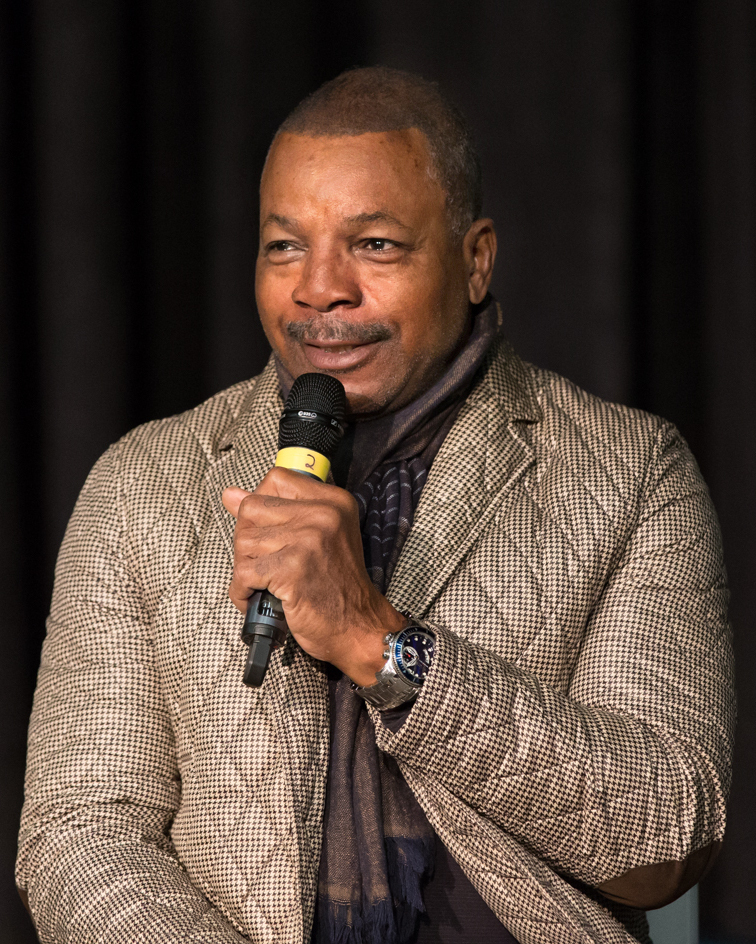
8. **Carl Weathers as Apollo Creed**You might think of Carl Weathers as the antagonist Rocky Balboa famously squared off against, but his character, Apollo Creed, transcended that initial rivalry in the ’70s to become a pivotal, evolving force in the ’80s action landscape. His journey was nothing short of revolutionary, particularly in how it shaped the concept of supporting characters in sprawling action franchises. Instead of remaining a static villain, Creed demonstrated a depth rarely afforded to characters outside the protagonist’s direct spotlight.
As the “Rocky” saga continued through the 1980s, Apollo’s role brilliantly transformed. He moved beyond simply being Rocky’s fierce opponent to becoming his friend, trainer, and mentor. This evolution offered audiences a rich, complex portrayal of a former adversary who could grow, learn, and ultimately support the hero he once battled. It was a masterclass in character development, showcasing that even a seemingly one-dimensional rival could possess layers of loyalty, wisdom, and genuine camaraderie.
This fascinating arc provided a powerful template for how action movies could develop their ensemble casts, especially those who start on opposite sides of the conflict. Apollo Creed proved that supporting figures could have their own compelling narratives, contributing significantly to the emotional core and thematic depth of a film series. His ultimate fate in “Rocky IV” further cemented his legacy, highlighting the personal stakes and profound impact he had on the hero and the audience alike.
Read more about: The Untamed Spirit: 14 Actors Who Forged the Soul of ’70s and ’80s Action Cinema
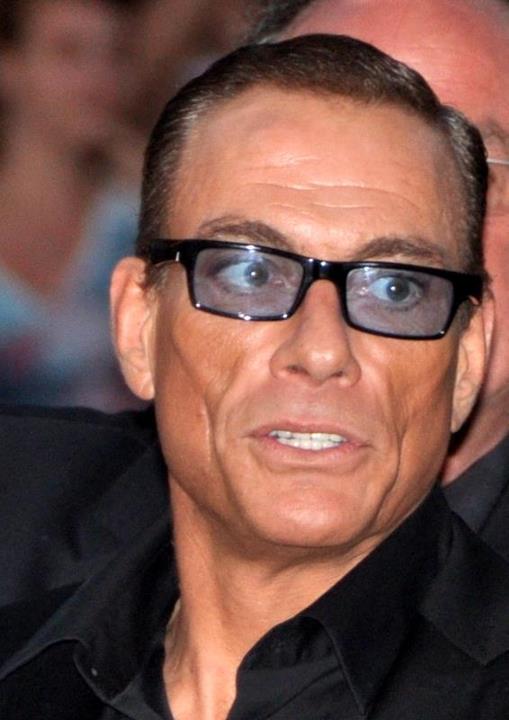
9. **Jean-Claude Van Damme as Frank Dux**When “Bloodsport” hit screens in 1988, it wasn’t just another martial arts film; it was a phenomenon that firmly planted tournament-style combat in the mainstream consciousness. At its heart was Jean-Claude Van Damme, whose portrayal of Frank Dux combined incredible athletic prowess with a magnetic screen presence. This film served as a launching pad for Van Damme and a blueprint for how future action sequences would highlight the sheer physicality of their stars.
Van Damme’s electrifying performance was defined by his raw, undeniable skill and distinctive flair. Those dramatic splits, often performed mid-air, became instantly iconic, showcasing a level of flexibility and control that few could match. He didn’t just fight; he danced with precision and power, making every kick and punch feel meticulously choreographed yet brutally effective. This authenticity, born from his real-life martial arts background, resonated deeply with audiences.
The influence of “Bloodsport” on martial arts choreography cannot be overstated. It set a new standard for showcasing diverse fighting styles within a competitive framework, inspiring countless imitators and shaping how Hollywood would approach depicting hand-to-hand combat. Van Damme’s ability to blend balletic grace with bone-crunching impact created a unique cinematic language for action, proving that martial arts could be both an art form and a devastating display of force.
Read more about: The Untamed Spirit: 14 Actors Who Forged the Soul of ’70s and ’80s Action Cinema
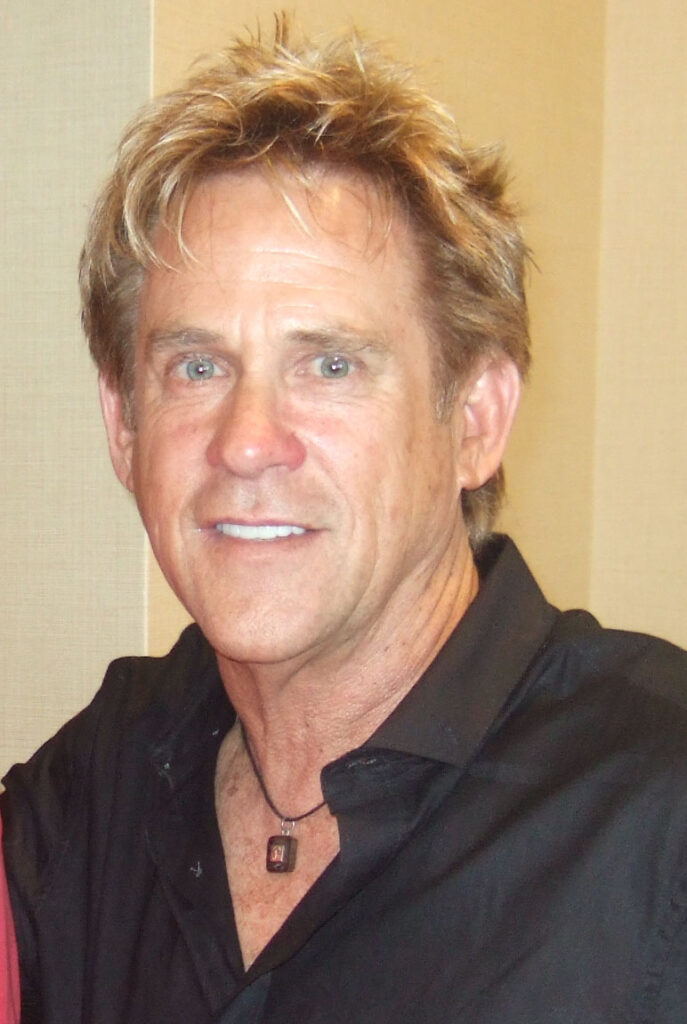
10. **Michael Dudikoff as Joe Armstrong**Before “ninja” became a household word in Western pop culture, “American Ninja” (1985) swept onto the scene, making Michael Dudikoff’s Joe Armstrong an unlikely but incredibly effective hero. This film, and the subsequent series, didn’t just popularize the mystique of the ninja in Western cinema; it forged an entirely new subgenre that ingeniously blended ancient martial arts traditions with the rugged realities of modern military action. It was a potent combination that truly captured the imagination of a generation.
Dudikoff’s portrayal as the stoic, highly skilled American soldier trained in the ways of the ninja offered a fresh take on the action protagonist. He wasn’t overtly flashy, but his quiet intensity and formidable combat skills made him a compelling figure. The series masterfully positioned him against a backdrop of global espionage and military intrigue, demonstrating that ancient fighting techniques could be incredibly relevant in a contemporary, high-stakes environment.
The “American Ninja” franchise’s unique fusion of stealth, martial arts, and military grit left an indelible mark on action cinema. It directly influenced a wave of ninja-themed films and television shows, expanding the genre’s possibilities far beyond its initial scope. Its impact was so pervasive that it even seeped into other media, helping to define the aesthetic and narrative conventions for everything from animated series like “G.I. Joe” to a plethora of successful direct-to-video action titles, cementing Dudikoff’s place as a quiet pioneer.
Read more about: The Untamed Spirit: 14 Actors Who Forged the Soul of ’70s and ’80s Action Cinema

11. **Sigourney Weaver as Ellen Ripley**While Sigourney Weaver’s Ellen Ripley made her unforgettable debut in Ridley Scott’s 1979 masterpiece “Alien,” it was James Cameron’s 1986 sequel, “Aliens,” that truly transformed her into an undisputed action hero, shattering ceilings and redefining female representation in the process. Ripley didn’t just carry a flamethrower; she carried the weight of a genre on her shoulders, proving that vulnerability and strength were not mutually exclusive.
Ripley’s character arc in “Aliens” was nothing short of groundbreaking. She was depicted not merely as a survivor, but as a fierce protector, driven by a powerful combination of maternal instincts and an unwavering warrior spirit. This fusion was revolutionary, challenging traditional gender roles that often confined female characters to damsels in distress or secondary support. Ripley was proactive, intelligent, and capable of leading from the front, making difficult choices under unimaginable pressure.
Her portrayal established an entirely new template for strong female protagonists in action films, demonstrating that a woman could be both deeply empathetic and incredibly formidable. Ripley’s impact resonated far beyond the “Alien” universe, influencing generations of filmmakers to create complex, multi-dimensional female leads who defied stereotypes. Her legacy is one of empowering women on screen, proving that heroism knows no gender boundaries and forever changing how audiences perceived and embraced female action stars.
Read more about: Your Ultimate Must-Watch List: 12 Essential Movies That Will Absolutely Blow Your Mind (Seriously!)
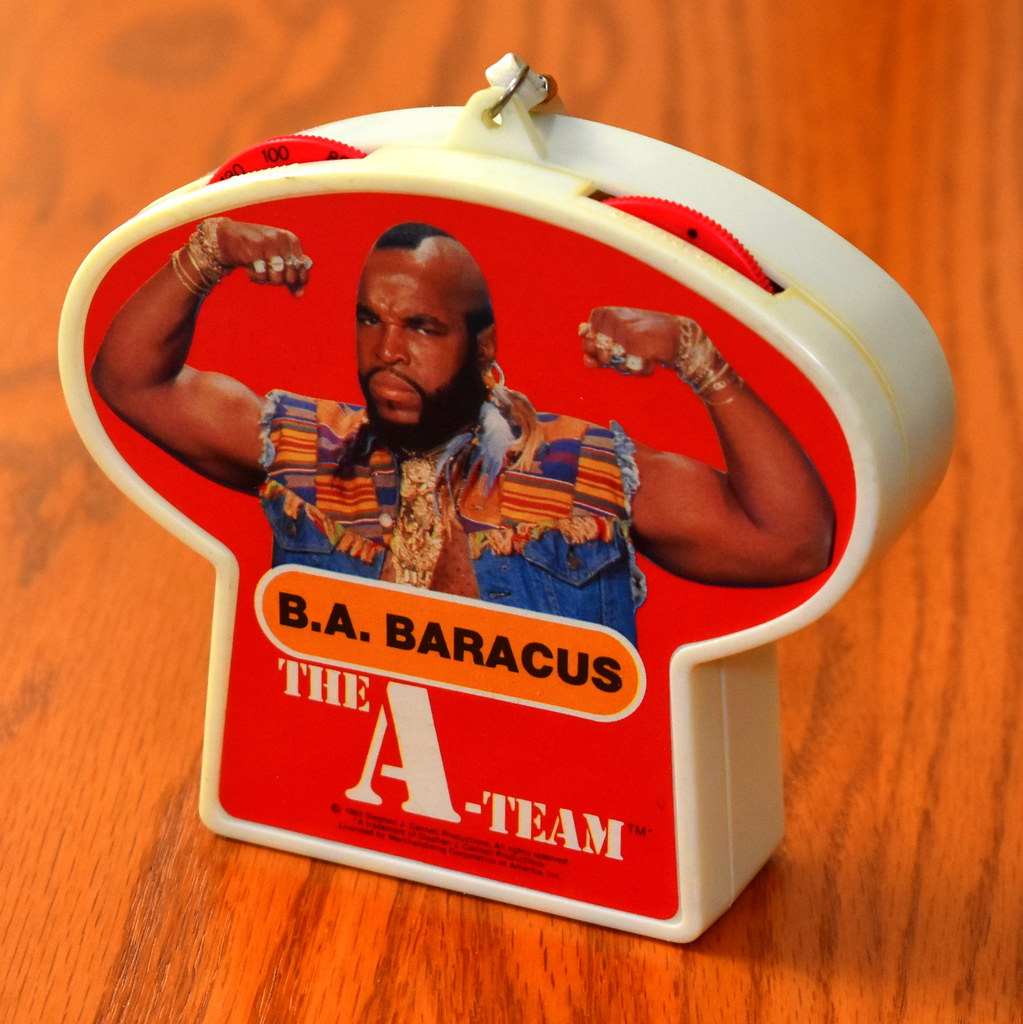
12. **Mr. T as B.A. Baracus**When “The A-Team” exploded onto television screens in 1983, it wasn’t just bringing action heroes to the small screen; it was introducing a cultural phenomenon in the form of Mr. T’s unforgettable B.A. Baracus. His distinctive look, complete with mountains of gold chains and a fierce Mohawk, combined with his gruff demeanor and iconic catchphrases, made him an instant legend and a marketing powerhouse, demonstrating the immense crossover appeal an action star could achieve.
B.A. Baracus was more than just brawn; he was a walking, talking brand. His no-nonsense attitude, coupled with his surprising soft spot for children and aversion to flying, created a character that was both tough and endearing. Catchphrases like “I pity the fool!” became ingrained in the lexicon, shouted in playgrounds and living rooms across the nation, showcasing the sheer charisma and relatability Mr. T brought to the role.
This unique combination of raw power, a distinctive aesthetic, and a surprisingly warm heart influenced how action heroes could be packaged and marketed to an incredibly broad mainstream audience, including families and children. “The A-Team” proved that action could be fun, accessible, and even a little bit silly, expanding the genre’s reach and paving the way for action stars to become merchandising giants. Mr. T’s B.A. Baracus wasn’t just an actor; he was a cultural institution, a testament to the power of a truly unforgettable character.
Read more about: The Untamed Spirit: 14 Actors Who Forged the Soul of ’70s and ’80s Action Cinema

13. **Michelle Yeoh as Inspector Yang**In the electrifying Hong Kong action scene of the 1980s, Michelle Yeoh emerged as a true trailblazer, nowhere more evident than in her breakthrough role as Inspector Yang in “Yes, Madam!” (1985). This film was a showcase for Yeoh’s incredible martial arts prowess, establishing her as one of Hong Kong’s premier action stars and setting a new global benchmark for female-led action choreography. Her performance wasn’t just impressive; it was transformative.
Yeoh’s style of combat was a breathtaking display of athleticism and acrobatic skill. She moved with an unparalleled grace and precision, executing complex fight sequences that were both visually stunning and utterly convincing. Her ability to deliver powerful, fluid, and dynamic action scenes shattered existing expectations for female performers in a physically demanding genre. She wasn’t just keeping up with her male counterparts; she was often surpassing them.
The impact of Michelle Yeoh’s work in films like “Yes, Madam!” extended far beyond Hong Kong. Her innovative and intense fighting style profoundly influenced how female action scenes would be conceived and choreographed for decades to come, not just in Asia but in Western cinema as well. She proved that female leads could headline brutal, high-octane action films with genuine martial arts credibility, inspiring a new generation of performers and elevating the artistry of screen combat worldwide.
Read more about: The Untamed Spirit: 14 Actors Who Forged the Soul of ’70s and ’80s Action Cinema
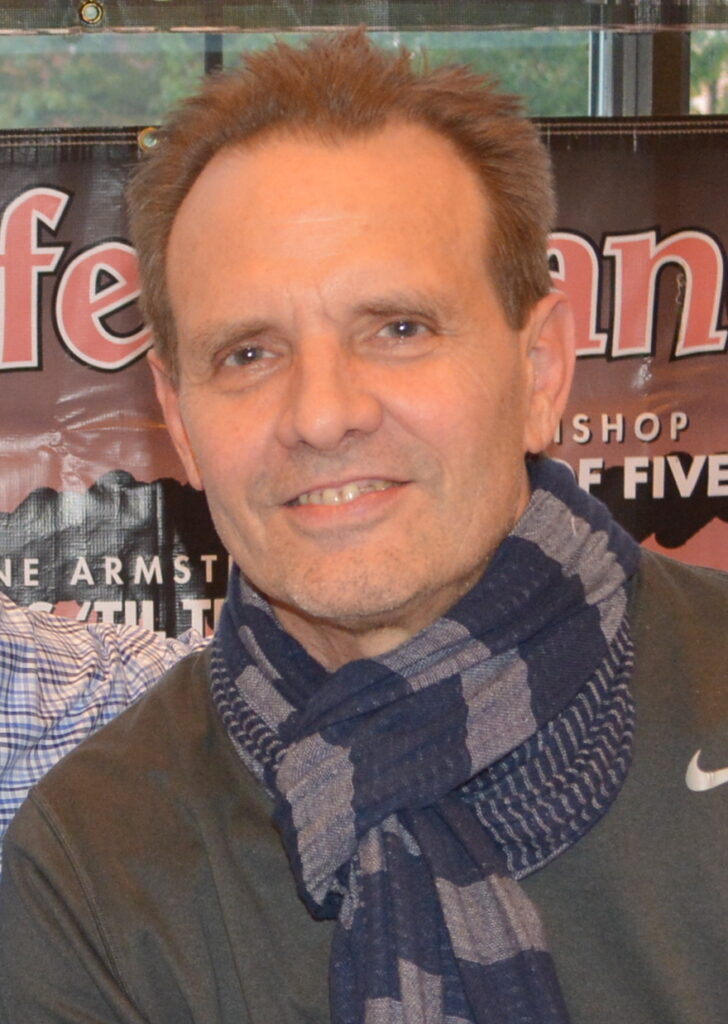
14. **Michael Biehn as Kyle Reese**While Arnold Schwarzenegger’s T-800 dominated the antagonist role in James Cameron’s original “The Terminator” (1984), it was Michael Biehn’s intense portrayal of Kyle Reese that provided the heart and urgency of the film, laying the groundwork for the quintessential future-soldier archetype. Reese was more than just a character; he was a symbol of humanity’s desperate fight for survival against insurmountable odds, forever influencing how sci-fi action roles would be constructed.
Biehn delivered a performance brimming with a raw, desperate intensity. As a soldier sent back in time from a ravaged future, he was a man burdened by an apocalyptic past and fighting for an uncertain future. His constant state of hyper-vigilance, combined with the emotional weight of his mission and the time-travel paradoxes he navigated, created a truly compelling figure. He was the human element amidst the cold, metallic threat of the Terminator.
Kyle Reese became the prototype for countless future-soldier characters across sci-fi action. His blend of battle-hardened resilience, strategic thinking, and profound personal sacrifice set a high bar for such roles. Biehn’s ability to convey both the physical toll of endless war and the emotional vulnerability of a man in love left an indelible mark, demonstrating that even in the most dystopian futures, the human spirit, driven by love and duty, could be the most powerful weapon of all.
**The Lasting Echoes of Action Legends**
Read more about: Beyond the Credits: Ranking the 14 Most Satisfying Villain Deaths in Cinema History
As we close the curtain on this exhilarating look back, it’s clear that the ’70s and ’80s were more than just a fertile ground for action cinema; they were a crucible where legends were forged and archetypes were born. From the unstoppable machines and scholarly adventurers of the first wave to the groundbreaking female leads, complex antagonists, and multifaceted supporting players we’ve just celebrated, these 14 actors didn’t just star in movies – they imbued them with a unique spirit, a raw energy that continues to define what we love about action films. They introduced us to new fighting styles, unexpected heroes, and villains with unforgettable impact, collectively becoming the undeniable, pulsating soul of ’70s and ’80s action. Their legacies are not merely preserved in celluloid; they live on in every punch thrown, every impossible escape, and every hero who dares to defy the odds on screen today. This era was a masterclass in cinematic innovation, and these actors were its brilliant, unforgettable architects.



